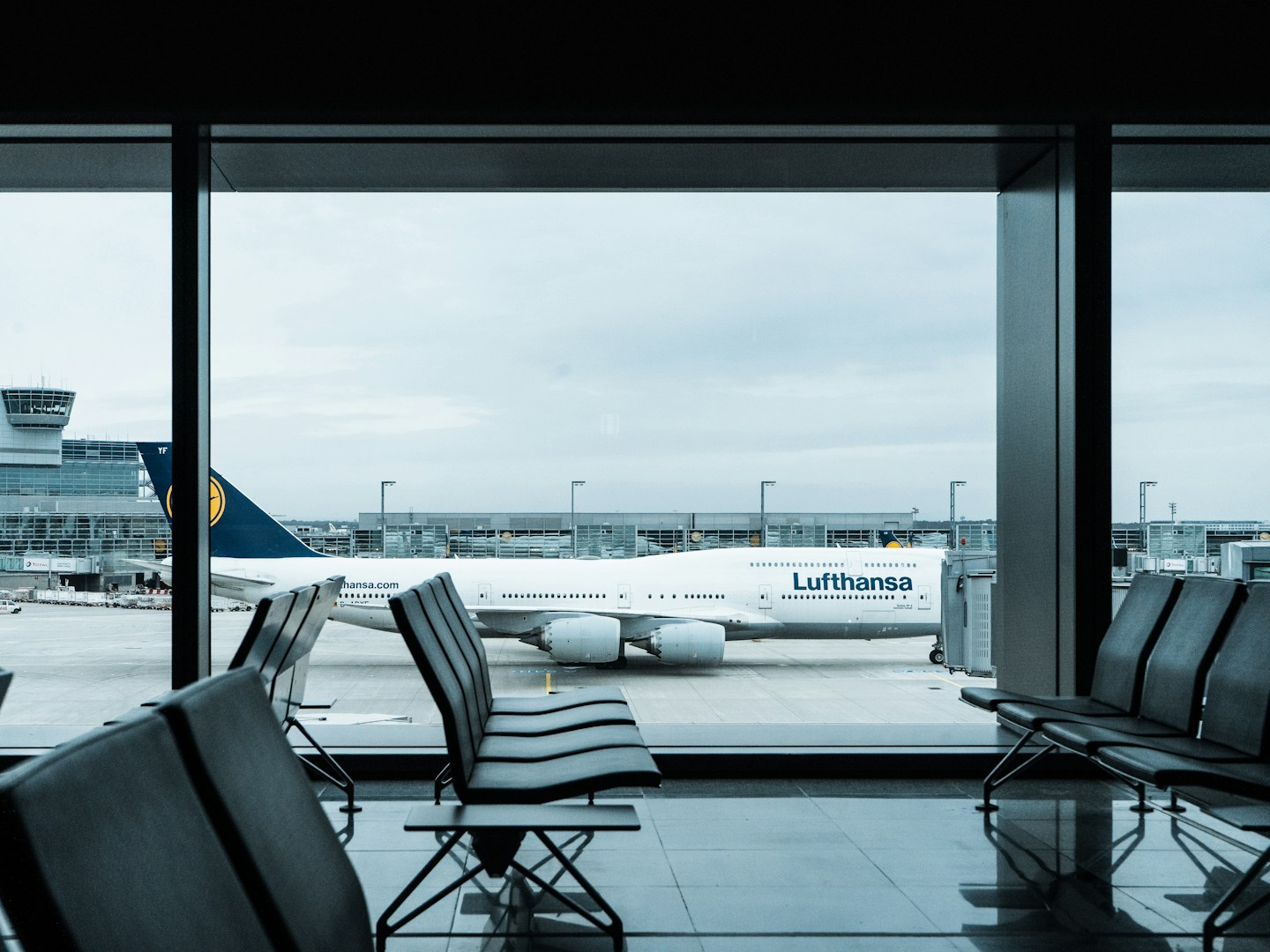After ten years of construction and an investment of €4 billion, Frankfurt Airport’s long-awaited Terminal 3 is almost ready for takeoff.
Operated by Fraport, the new facility — one of the largest privately financed infrastructure projects in Europe — will officially open its doors on April 22, 2026, with the first flight departing the very next day.
A total of 57 airlines will gradually move from Terminal 2 into the new complex in four phases, according to Fraport CEO Stefan Schulte.
Once the transition is complete, Terminal 2 — now 30 years old — will close temporarily for a five-year renovation before later returning to service alongside Terminal 1 as a major hub for Lufthansa and its partners.
A colossal project in numbers
Terminal 3’s dimensions are staggering. The building covers 176,000 square meters of floor space, with a total area of 403,000 square meters.
Construction required 112,000 tons of steel — roughly the weight of 15 Eiffel Towers — and at peak times, up to 3,000 workers were on site each day.
The terminal’s modular design allows for future expansion depending on passenger demand. It currently consists of three main sections:
- Concourse H and J: construction began in 2015, set to open in 2026
- Concourse G: completed structurally in 2022
- Concourse K: reserved for future expansion
At full capacity, Terminal 3 will be able to handle up to 25 million passengers per year. The initial operating phase will support around 19 million.
Testing before takeoff: 8,000 volunteers needed
Before its grand opening, Terminal 3 will undergo an extensive testing phase between late January and mid-April 2026.
Around 8,000 volunteers will simulate the full passenger experience — from check-in and security screening to boarding — even including transfers via the new Sky Line shuttle train.
Participants will receive a small reimbursement for their time, while airport staff will use the tests to fine-tune logistics, ensure security compliance, and optimize digital systems before welcoming real passengers.
Modern design and regional impact
Fraport emphasizes that Terminal 3 was designed with efficiency, modularity, and sustainability in mind.
Half of all construction contracts were awarded to companies within a 150-kilometer radius, providing a major boost to the regional economy.
The terminal also introduces new road and rail connections to improve accessibility:
10 kilometers of new roads, including a link between Zeppelinheim and Gateway Gardens, plus upgrades to the A5 motorway junction
A new multi-story parking garage with 8,500 spaces directly adjacent to the terminal
Sky Line: a fast link between terminals
To connect Terminal 3 with the rest of the airport, Fraport has built the new Sky Line train system — a 5.6-kilometer automated line capable of speeds up to 80 km/h.
Operating year-round, 365 days, it will shuttle passengers from the long-distance train station to Terminal 3 in just eight minutes.
Each direction can transport over 4,000 passengers per hour, ensuring smooth transfers between Schengen and non-Schengen areas.
Europe’s next-generation gateway
With the completion of Terminal 3, Frankfurt Airport cements its position as one of Europe’s premier aviation hubs.
The new facility combines state-of-the-art architecture, digital passenger services, and efficient logistics, offering travelers an entirely new experience.
For Fraport and Germany’s aviation industry, Terminal 3 marks not just the end of a long construction journey — but the beginning of a new era in air travel.









